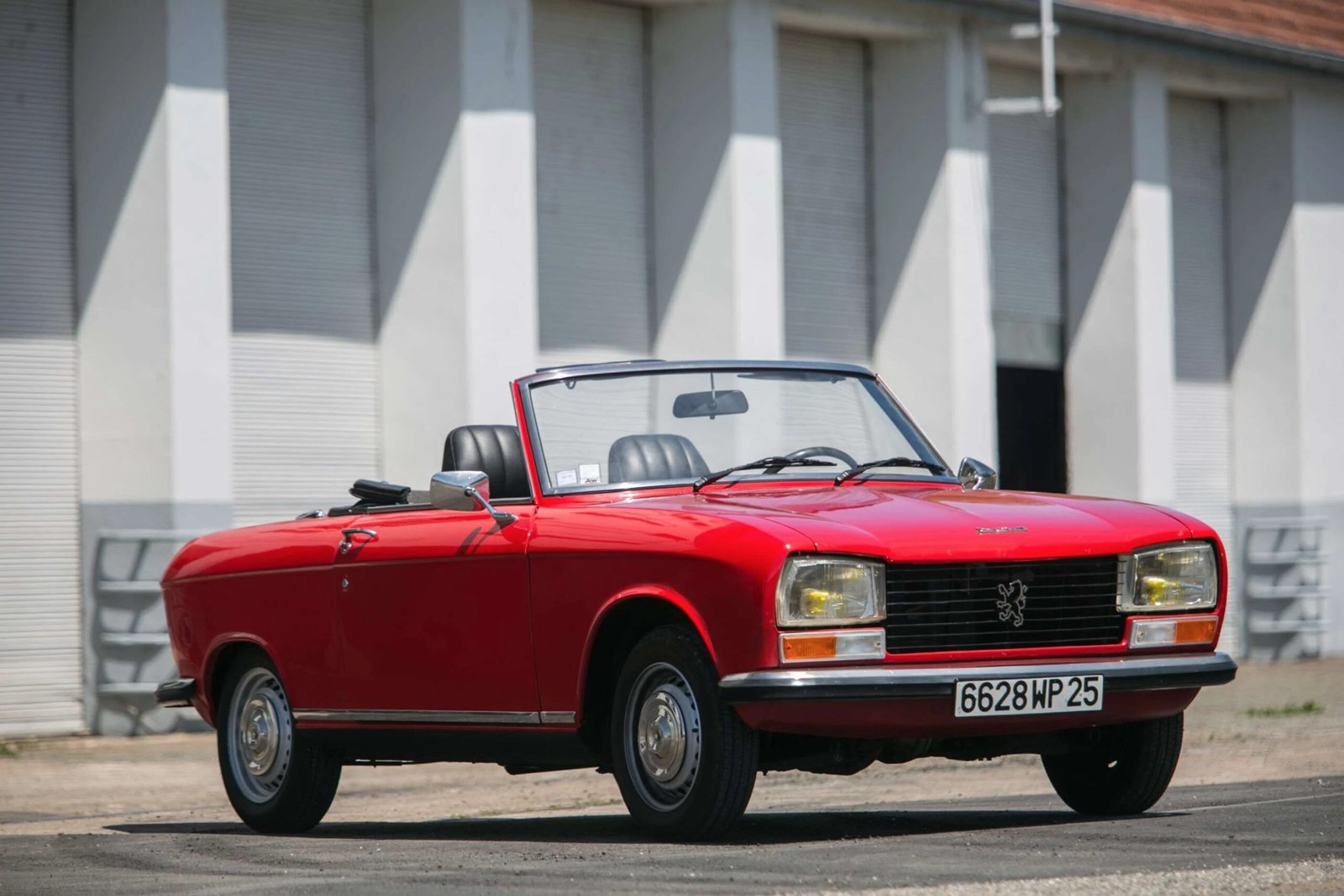Introduction: A Forgotten French Icon
The Peugeot 304 Cabriolet is one of those French vintage car that many enthusiast have heard of but few have actually seen in person. Launched in 1969, the 304 was Peugeot way of offering stylish, compact car that blended everyday practicality with Italian-inspired elegance. Styled by the legendary design house Pininfarina the Cabriolet variant stood out for its sleek proportion, fine detailing and unmistakable European charm.
Peugeot’s 304 Lineup: More Than Just A Family Car
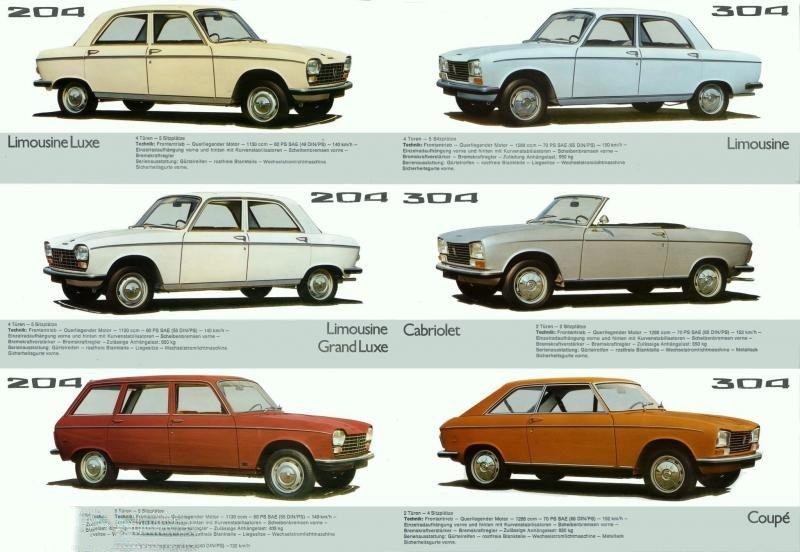
When Peugeot introduced the 304, it wasn’t just single model but complete lineup. Buyer could choose between a saloon, coupe, cabriolet, estate, and even small van. This wide variety helped Peugeot reach different customer segments from families to young driver wanting something sportier.
Production timelines varied across body type:
Saloon & Coupe: Until 1979
Estate: Until 1980
Cabriolet: March 1970 – July 1975
In total just 18,647 Cabriolets were built making it one of the rarest and most collectible Peugeot models of its era.
The Peugeot 304 Cabriolet “S” – A Sportier Touch
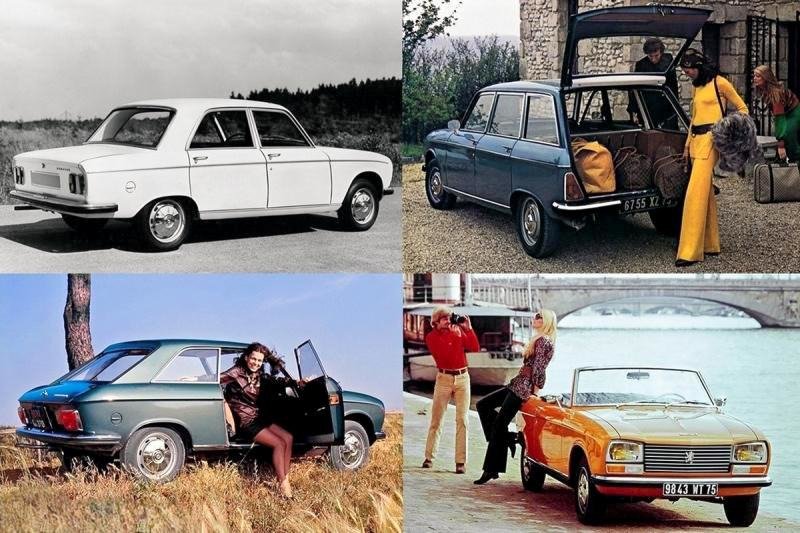
By 1972, Peugeot wanted to inject little more excitement into the Cabriolet range, and that’s when the Peugeot 304 Cabriolet S arrived. This version brought:
A fresh dashboard with rev counter
Redesigned grille and Peugeot badging
New seat headrests for comfort and safety
Sporty wheels for more aggressive stance
Most importantly the engine got an upgrade. The original 1.3-litre unit that produced 65 bhp was retired and the new 75 bhp twin-carb motor transformed the driving feel. While it wasn’t sports car in the true sense, the “S” version gave the 304 Cabriolet a lively character that perfectly matched its stylish look.
Under The Hood: Classic French Engineering
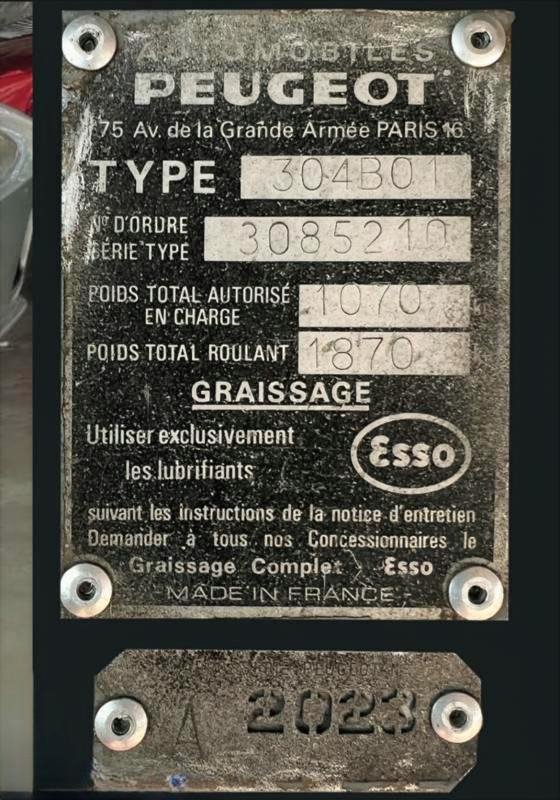
The Peugeot 304 Cabriolet was powered by four-stroke SOHC 4-cylinder 1288cc XL3/XL3S motor, mounted transversely. The aluminum block with replaceable wet liners was considered advanced for its time. Coupled with four-speed manual gearbox (all forward ratios with synchromesh), the car was easy to drive both in the city and on country road.
For braking Peugeot gave the Cabriolet front disc brakes and rear drums, setup that was considered quite modern in the early 1970s. Being front-wheel drive also ensured better handling and stability compared to many rivals of the era.
The Rare Early Model: August 1970 Example
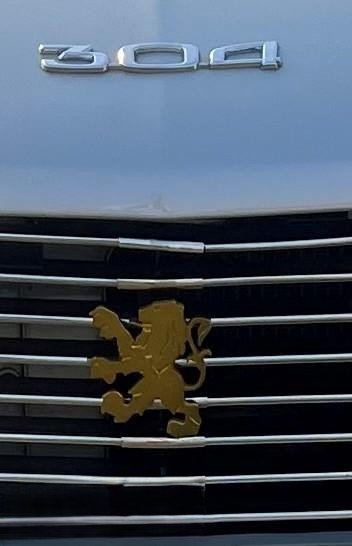
The car featured in this story is first-generation Peugeot 304 Cabriolet (Type 304 B01), manufactured in August 1970. It’s the 2023rd Cabriolet chassis built, placing it among the earliest examples of the model.
Interestingly the body was built by Chausson Company, French manufacturer known for collaborating with Peugeot on several model. Out of the 1,178,423 Peugeot 304 units produced across all body styles between 1969 and 1980, only small fraction were Cabriolets which explains their rarity today.
Why The Peugeot 304 Cabriolet Matters
Among Peugeot classic cars, the 304 Cabriolet holds special place. While it may not have the fame of a Citroën DS or the racing pedigree of an Alpine, it represents the golden era of French motoring time when car were designed with both elegance and everyday usability in mind.
For collectors of French vintage cars, finding Peugeot 304 Cabriolet in good condition is real prize. Its rarity, Italian styling, and Peugeot reliability make it conversation starter at any classic car event.
Final Verdict
The 1970 Peugeot 304 Cabriolet is true hidden icon. Stylish, rare and mechanically advanced for its time it remains one of the most desirable Peugeot classic cars for collectors worldwide. Whether in its original form or the sportier “S” version it perfectly captures the charm of French vintage cars from the 1970s.
If you ever come across one, you’re not just looking at car you’re looking at piece of French automotive history that deserves far more attention than it usually gets.

